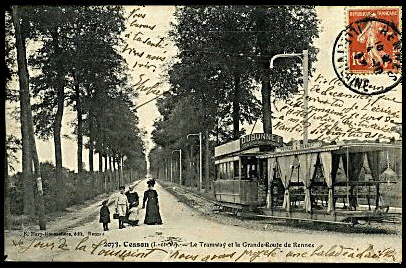
WEIGHT: 48 kg
Bust: 2
One HOUR:100$
NIGHT: +50$
Sex services: 'A' Levels, Massage, Trampling, Golden shower (out), Fisting vaginal
Introduction: This observational study was designed to assess the use of spinal anesthesia with chloroprocaine in the context of ambulatory surgery. Methods: A prospective, multicenter, observational study was carried out among 33 private or public centers between May and January and adult patients, scheduled for a short ambulatory surgery under spinal anesthesia with chloroprocaine.
The primary outcomes were anesthetic effectiveness, defined as performance of the whole surgical procedure without any additional anesthetic agent, and the time to achieve eligibility for hospital discharge. Secondary outcomes were the effect of chloroprocaine on motor and sensory blocks, patients' satisfaction, and the use of analgesics in the first 24 h after surgery. Main surgical procedures performed were orthopedic The overall anesthetic success rate was The average times of eligibility for hospital discharge and effective discharge were The time of eligibility for hospital discharge is defined as the recovery of the patient's normal clinical parameters and the time of effective discharge is defined as the time for the patient to leave the hospital after surgery.

Eligibility for patient's discharge was achieved more rapidly in private than public hospitals Conclusions: This study showed positive results on the effectiveness of chloroprocaine as a short-duration anesthetic and could be used to reduce the time to achieve eligibility for hospital discharge. Trial registration: ClinicalTrials. Registered on May 6, Date of enrollment of the first participant in the trial May 7, Keywords: Ambulatory surgery; Chloroprocaine; Hospital discharge; Spinal anesthesia.
Abstract Introduction: This observational study was designed to assess the use of spinal anesthesia with chloroprocaine in the context of ambulatory surgery. Substances Anesthetics, Local Procaine chloroprocaine. Associated data ClinicalTrials.


































